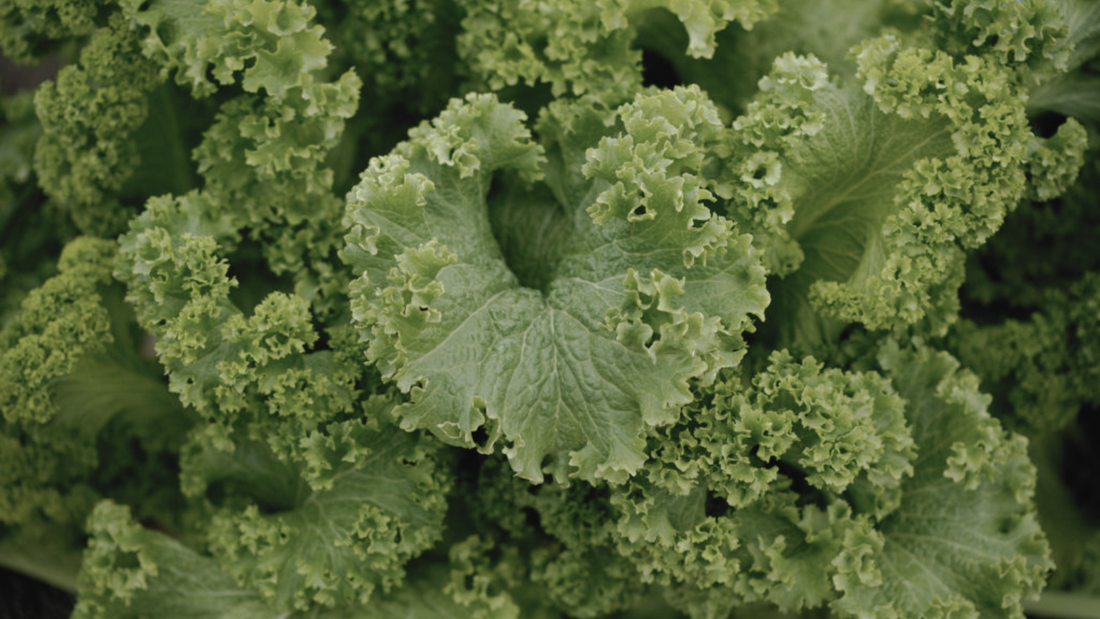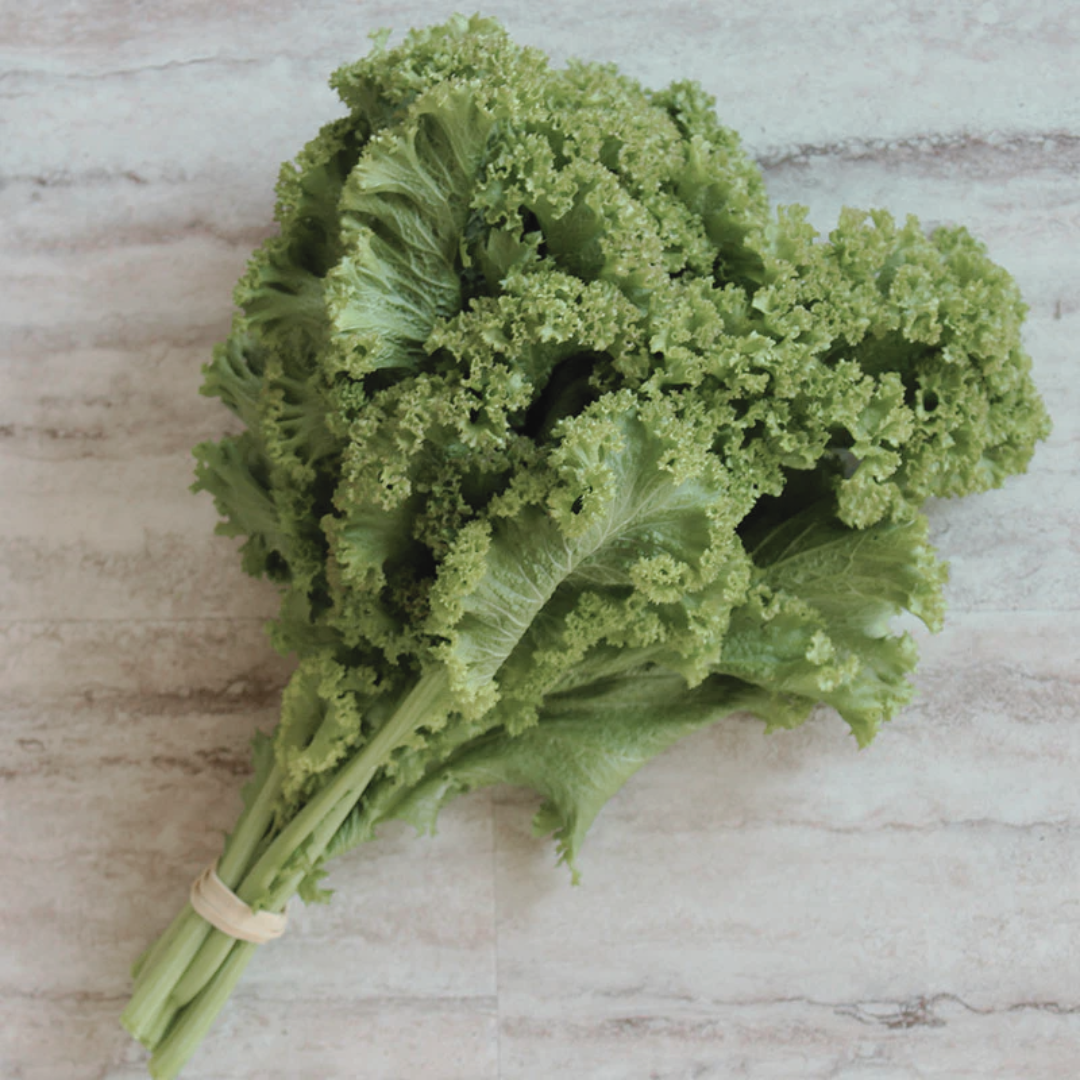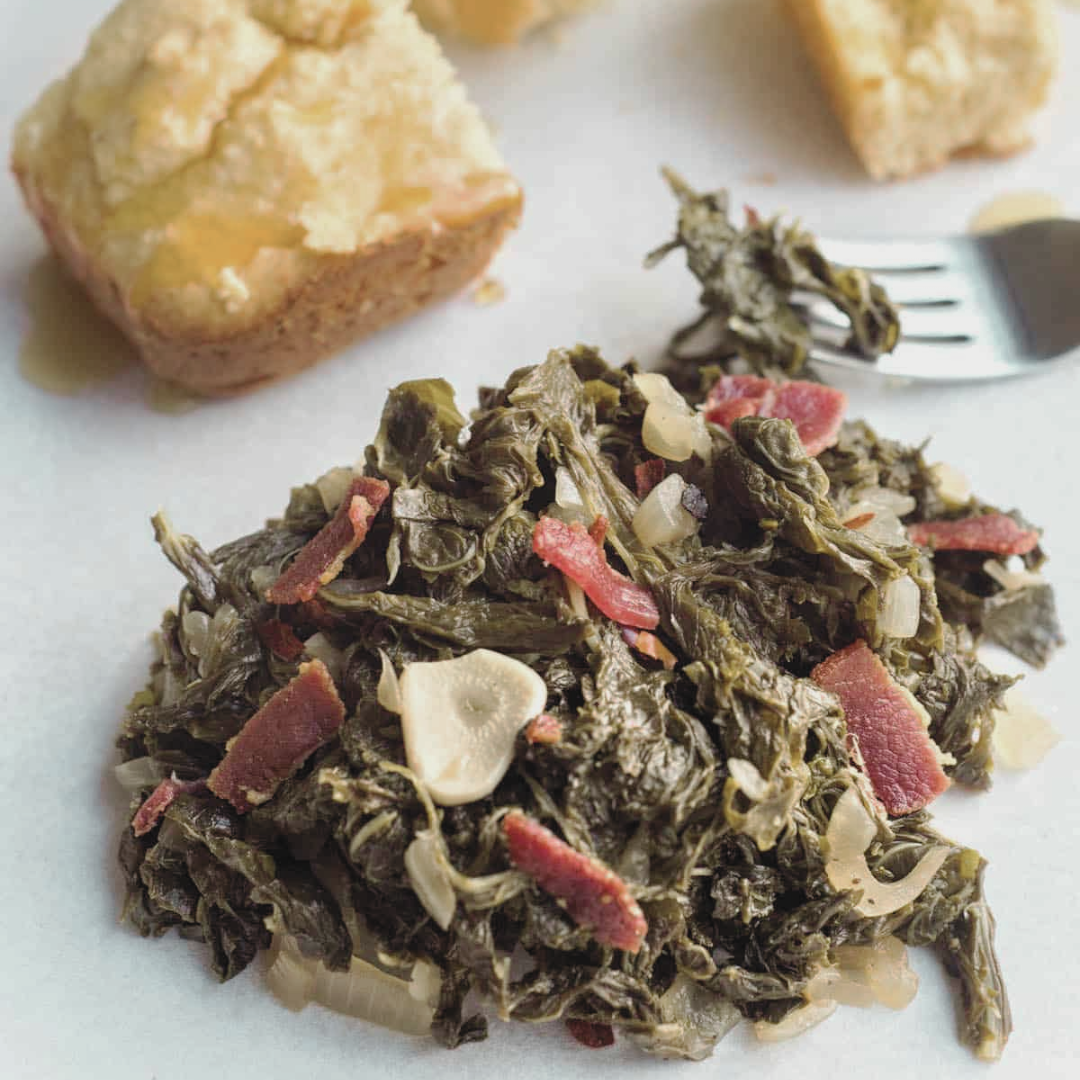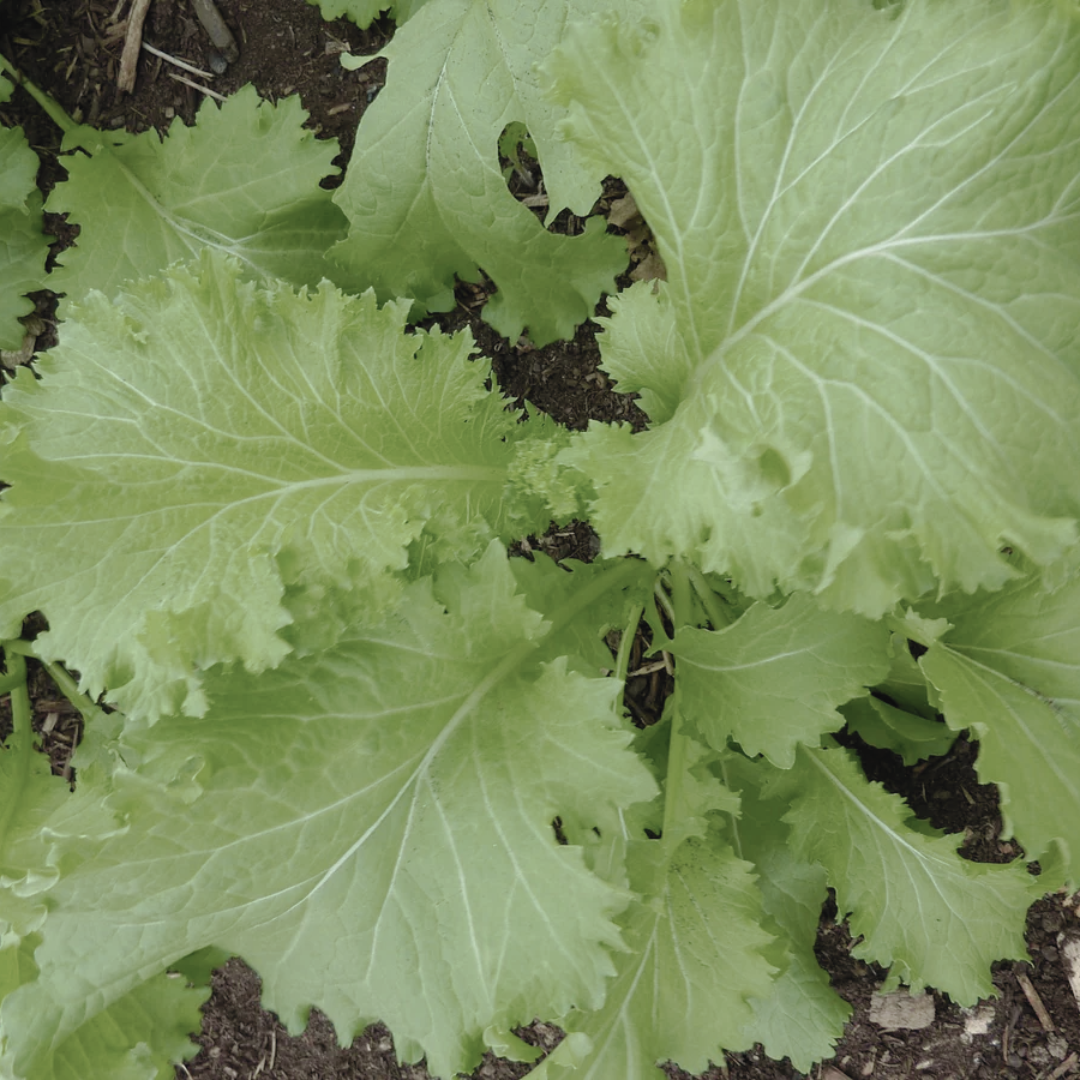


Exploring the Origins of Mustard Southern Giant Curled
Contrary to popular belief, 'Southern Giant Curled' Mustard is native to eastern Asia. This member of the Brassica family is thought to have originated in the Himalayan region of India more than 5,000 years ago. This heirloom plant was introduced to the Americas in the 1740's and since then has earned a special place in the heart of the Southern United States.

Dynamic Flavors: Taste Evolution of Mustard Southern Giant Curled
This ancient plant can tolerate a light frost and is resistant to bolting. These mustard greens are heavy producers and can be harvested throughout the growing season. The flavor of 'Southern Giant Curled' changes as a result of the temperature. In a cooler part of the growing season this green has a more mild flavor, while mustard grown in warmer temperatures has a flavor closer to wasabi.

A Quick Look
- Sun: Full Sun (6+ Hours)
- Soil: Moist, well drained soil that is 60 - 85°F
- Days to Harvest: 45 - 50 Days
- Harvest: You can take the whole plant or practice the 'cut and come again' method. When plants are 4 - 6" tall, cut a patch of leaves leaving a couple of inches above the soil level.
- Mature Size: 18 - 24" tall with a 12" spread
This flavorful mustard pairs nicely with salads, soups, and stir frys. Snap up some Southern Giant Curled Mustard today.
-

Live Plant Availability
Discover what’s thriving at Nevermore Nursery with our live plant selection, updated...
-

Hand-Packaged Seeds
Grow a little piece of Nevermore Nursery wherever you are with our...



